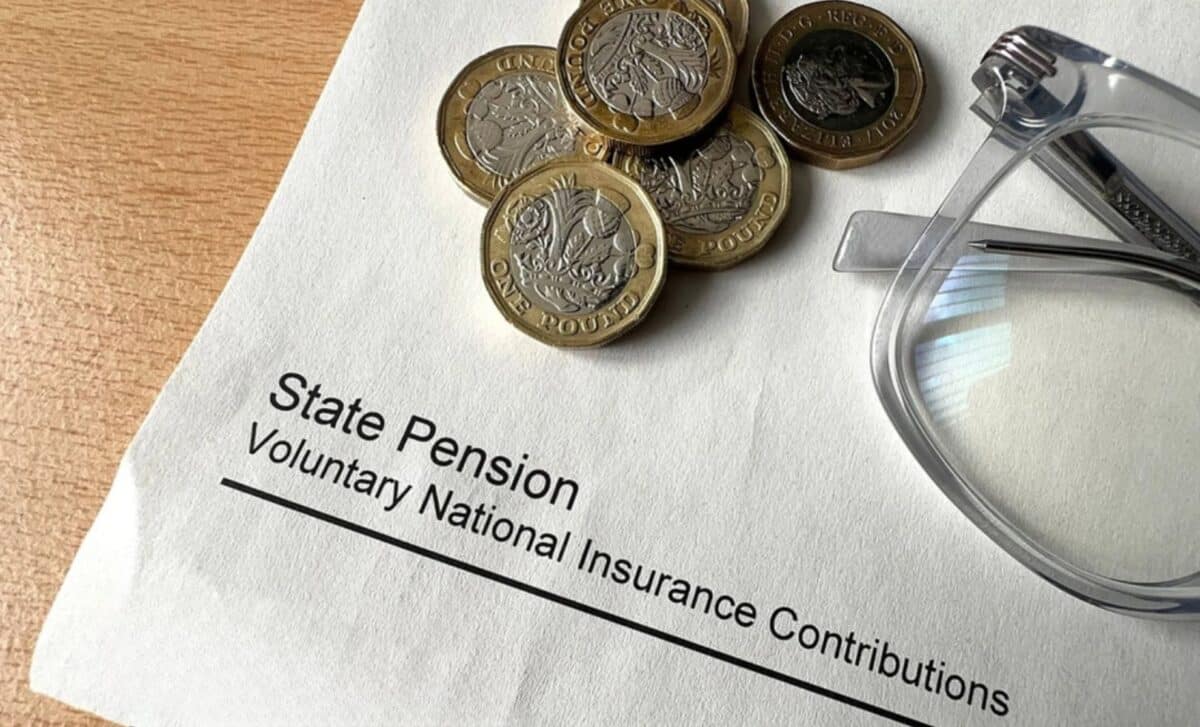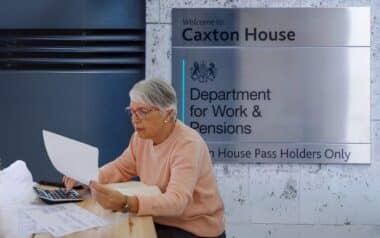Starting April 6, pensioners receiving the State Pension in the UK are set to see an increase in their weekly payments, with the Department for Work and Pensions (DWP) upping the standard rate by 4.1%. The rise follows the annual increase in average weekly earnings and impacts both the basic and new State Pensions.
This increase will particularly benefit pensioners who receive the new State Pension, bringing the full weekly payment rate to £230.25. The move is part of a broader effort by the government to ensure that pensioners are protected from inflation and rising living costs.
According to Dean Butler, Managing Director for Retail Direct at Standard Life, the decision to uphold the triple lock guarantee, ensuring pensioners receive the full increase based on earnings, is a key factor in these higher payments.
State Pension Increase: A Timely Boost
The 4.1% rise, implemented this month, is seen as a necessary adjustment to keep up with the changing economic climate. Pensioners, many of whom are facing rising living costs, will welcome this financial support.
Sian Steele, Head of Tax at Evelyn Partners, pointed out that while the triple lock is often a political hot topic, this increase provides much-needed relief at a time when inflation continues to impact household budgets.
“With an election on the horizon, the political consequences of tinkering with the triple lock might have figured in the Chancellor’s calculations,” said Steele. This comment underscores the sensitivity of pension policy, which remains a critical issue for the government’s relationship with older voters.
The cost of maintaining the triple lock—where the pension increase is pegged to earnings, inflation, or 2.5%, whichever is highest—has been a point of concern for the Treasury.
Critics, including some financial experts, argue that including bonuses in the earnings element of the formula adds unnecessary volatility to the calculations, as demonstrated by this year’s spike due to a one-off NHS deal.
The Financial Impact of the State Pension Increase
The 4.1% increase in the State Pension follows last year’s significant rise of 10.1%, which added £11 billion to the Treasury’s expenses. Financial experts have raised concerns that such large increases may not be sustainable in the long term, especially given the challenges posed by the UK’s aging population.
Looking ahead to 2024/25, the current 4.1% rise will result in an additional £2 billion in government spending. This prompts ongoing discussions about the future of the triple lock formula and whether adjustments are needed to ensure more sustainable pension increases moving forward.









